With construction season underway, it’s not uncommon to see heavy machinery, trailers, and sundry other tools left unattended on construction sites. And while signs like “No Trespassing” and the like may deter mischievous teenagers, it’s not going to do anything to stop thieves who want to cash in on the opportunity you left them.
According to research, a knowledgeable thief can enter a site, load the equipment, and be off within ten minutes. However, anything more than that and most thieves will move on to the next score. Additionally, many construction companies don’t have a simple loss prevention plan, so it may be days before they notice that tools are missing. This can result in a lot of wasted time and effort trying to recover and replenish tools, not to mention the time taken away from work.
Here are a few tips that can help construction companies, along with any company that deals in expensive inventory, keep track of their goods, save time and money, and keep on schedule with their projects.
Plan, Prevent, and Save
Simple software solutions can help your employees keep track and manage equipment easily and even automatically — without much effort. The solutions that we provide include GPS-enabled software that allows you to track and trace equipment in near real-time. So if your backhoe is moved from a site, you will be alerted via text and receive up-to-date positioning so you can see exactly where your equipment is.
Keeping track of your equipment through routine inventory checks can also be helpful for knowing where your tools and assets are and what’s missing. You can scan right from your phone and import that information via solutions like Wireless Forms.
Maine.gov also offers these helpful tips in preventing crime and securing your property.
- Implement a documented check-out and -in system for all tools and equipment.
- Establish an “end of shift” security inspection protocol.
- Make unscheduled visits to work sites, including at night, on weekends, and on holidays.
- Lock and immobilize equipment during non-work hours.
- Utilize basic key control and specialized locks. Locks should be placed on all vehicles, portable equipment, storage sheds, trailers, and utility bodies when not in use. Use only high-security locks: pick-resistant, case-hardened, or laminated steel. If a chain is required, it should be case-hardened and thick enough to prevent easy cutting.
- Attach anti-theft devices, such as steering wheel locks, kill switches, tire and wheel/axle locks, locked hood side plates, and locking fuel caps.
- Whenever it is practical, all operating levers, handles, etc. should be stored under securely locked covers or lids.
- Lock and protect equipment with an alarm system.
- Avoid storing equipment overnight at the work site whenever possible.
- In high crime areas and where values warrant it, consider hiring a security guard or using a surveillance system.
- Fences are a good form of perimeter protection. Exits and entrances should be kept to a minimum. If it is not possible to fence an entire site, consider partially fencing it, including trailer, equipment, and storage areas.
- Good lighting is extremely effective in deterring criminal activities. Keep storage areas well lit and free of hiding places, such as shrubbery and trees. Consider using motion-detecting floodlights.
- Contact the local police before starting a job. Ask them to include the job site in their patrols. Ask neighbors to report suspicious activities.
To Aid in Recovery
- Double-stamp all tools, equipment, and attachments with an identification number, one conspicuous and one hidden.
- Display warning signs that indicate identification and serial numbers are recorded.
- Paint your equipment with bright, easily recognizable colors to identify them from a distance.
- Use aerosol-applied Microtaggants, thermostat plastic coatings that contain coded pigments or metal particles.
- Stencil the state’s logo or other identifying marks on equipment.
- Take photographs of your high-value pieces; catalog these photos and update them as equipment is purchased and sold.
- Consider equipping each piece of high-value equipment with tracking devices.
After a Loss
- Secure the scene.
- Make a prompt and thorough report to a police agency and to the Risk Management Division.
- Send theft alerts to equipment distributors.
- Check eBay and used-equipment sales for your equipment.
Have any questions on how Actsoft can help you?
Share this post:
About the author : Actsoft Team
Actsoft’s team of industry experts have their fingers on the business world’s pulse. It’s our mission to deliver the latest news to keep you and your leaders on top of the latest trends, further helping you to excel and exceed your goals.
















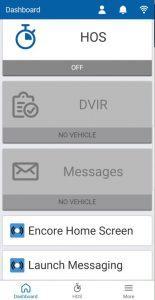
 Encore & Geotab Drive
Encore & Geotab Drive
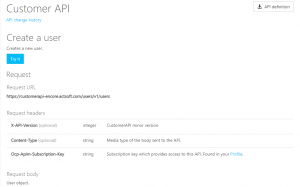
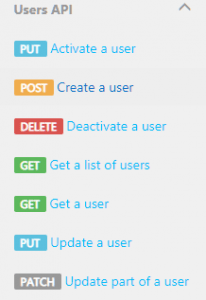


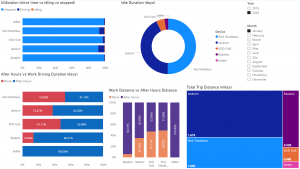
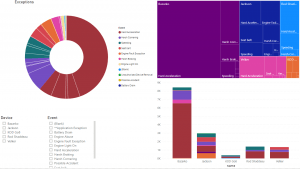
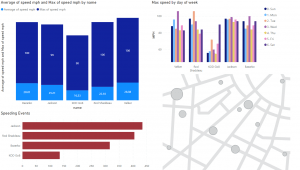
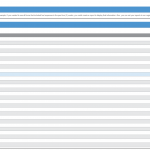
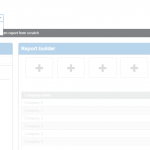
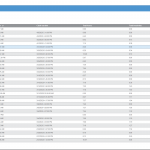
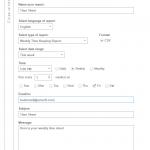


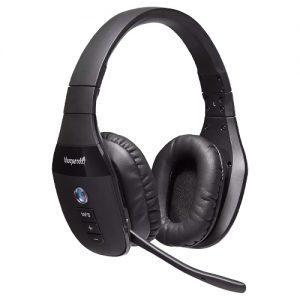
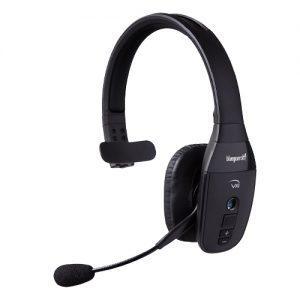
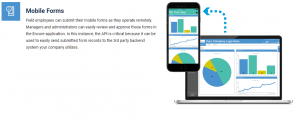
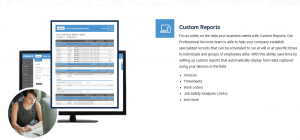
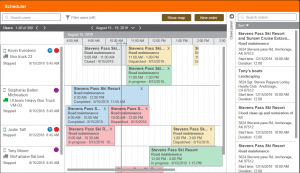
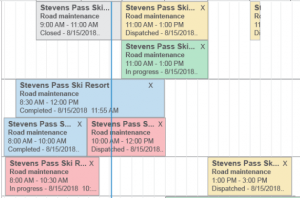
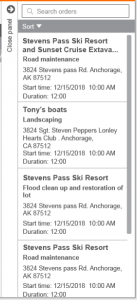
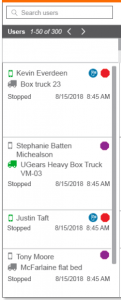
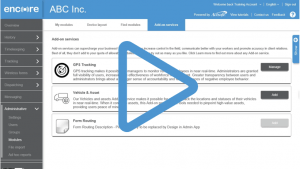
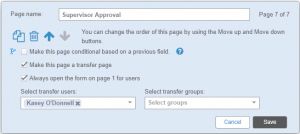
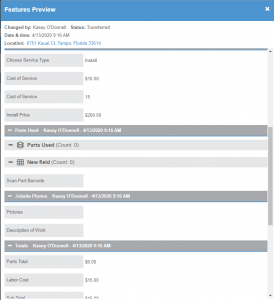
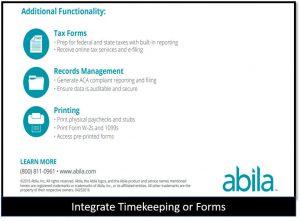
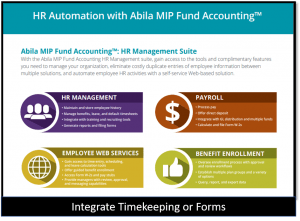

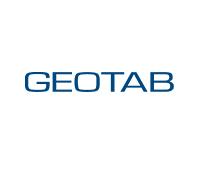 Gain even greater insight into the daily activities of your fleet using the combination of Geotab and Actsoft. Geotab devices provide detailed data collection and seamless integration with our solutions; learn more about the ways your vehicles are being used daily with the power of this tandem.
Gain even greater insight into the daily activities of your fleet using the combination of Geotab and Actsoft. Geotab devices provide detailed data collection and seamless integration with our solutions; learn more about the ways your vehicles are being used daily with the power of this tandem.



 Actsoft partnered with Odin to provide our solutions overseas, through payment processing integrations. Odin helps us support user management for our software; customers can also purchase our products through Odin’s billing platform.
Actsoft partnered with Odin to provide our solutions overseas, through payment processing integrations. Odin helps us support user management for our software; customers can also purchase our products through Odin’s billing platform.

 VisTracks powers our Electronic Logging Device (ELD) solution, which enables transportation businesses to easily automate their hours of service logs, remain in governmental compliance, and reduce their potential to incur costly fines.
VisTracks powers our Electronic Logging Device (ELD) solution, which enables transportation businesses to easily automate their hours of service logs, remain in governmental compliance, and reduce their potential to incur costly fines. Integration between Actsoft solutions and BeWhere’s software products is available. Take your team’s asset tracking, cellular data connectivity, and field insight a step further with effective, cross-application compatibility.
Integration between Actsoft solutions and BeWhere’s software products is available. Take your team’s asset tracking, cellular data connectivity, and field insight a step further with effective, cross-application compatibility.
 CalAmp tracking devices for vehicles and assets alike are compatible with Actsoft solutions, making it easy for you to efficiently monitor your equipment and fleet cars. Help your team enhance accountability, safety, and savings through a combination of easily installed hardware and intuitive software.
CalAmp tracking devices for vehicles and assets alike are compatible with Actsoft solutions, making it easy for you to efficiently monitor your equipment and fleet cars. Help your team enhance accountability, safety, and savings through a combination of easily installed hardware and intuitive software.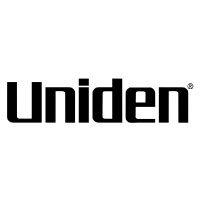 Our partnership with Uniden is ideal for companies looking to gain advanced diagnostics on their fleets. Uniden’s extensive product listing of car electronics like radios, dash cams, radar detectors, and in-vehicle communicators work in concert with Actsoft’s solutions to better connect your vehicles to the company headquarters.
Our partnership with Uniden is ideal for companies looking to gain advanced diagnostics on their fleets. Uniden’s extensive product listing of car electronics like radios, dash cams, radar detectors, and in-vehicle communicators work in concert with Actsoft’s solutions to better connect your vehicles to the company headquarters. Kyocera offers a wide range of mobile devices, ranging in design from traditional phones to ultra-durable handset technology. Actsoft is able to equip organizations in a variety of different industries with solutions for improved business, while Kyocera supplies the technology they can flawlessly operate on.
Kyocera offers a wide range of mobile devices, ranging in design from traditional phones to ultra-durable handset technology. Actsoft is able to equip organizations in a variety of different industries with solutions for improved business, while Kyocera supplies the technology they can flawlessly operate on.

 Our software is the perfect complement to Apple’s user-friendly technology. Equip your workforce with the devices and solutions it needs for optimized productivity during daily operations with Apple and Actsoft.
Our software is the perfect complement to Apple’s user-friendly technology. Equip your workforce with the devices and solutions it needs for optimized productivity during daily operations with Apple and Actsoft.
 Actsoft and Sanyo teamed up to merge intuitive business management software with the technology of today. This partnership allows us to provide you with all the tools your team needs for improved workflows, better coordination, and optimized productivity.
Actsoft and Sanyo teamed up to merge intuitive business management software with the technology of today. This partnership allows us to provide you with all the tools your team needs for improved workflows, better coordination, and optimized productivity. Motorola’s mobile technology works in tandem with our solutions to provide extra versatility to your business practices. Coupled with our software’s features, Motorola’s reliable devices make connecting your workforce simpler than ever to do.
Motorola’s mobile technology works in tandem with our solutions to provide extra versatility to your business practices. Coupled with our software’s features, Motorola’s reliable devices make connecting your workforce simpler than ever to do. We’re able to bundle certain solutions of ours (including our Electronic Visit Verification options) with Samsung devices to help your team achieve as much functionality as possible, while keeping rates affordable. Use these combinations for accurate recordkeeping, improved communication, and smarter data collection in the field.
We’re able to bundle certain solutions of ours (including our Electronic Visit Verification options) with Samsung devices to help your team achieve as much functionality as possible, while keeping rates affordable. Use these combinations for accurate recordkeeping, improved communication, and smarter data collection in the field.